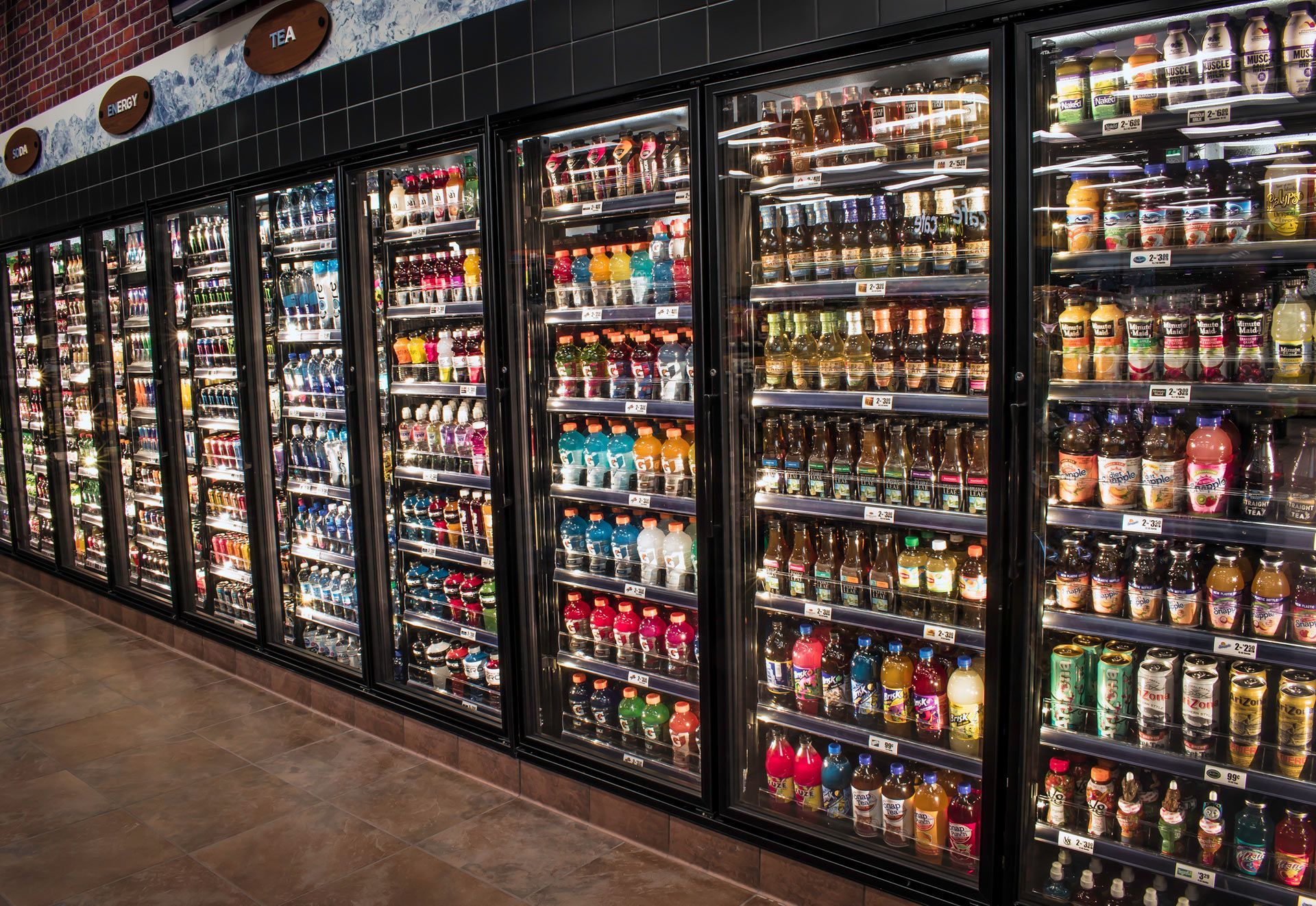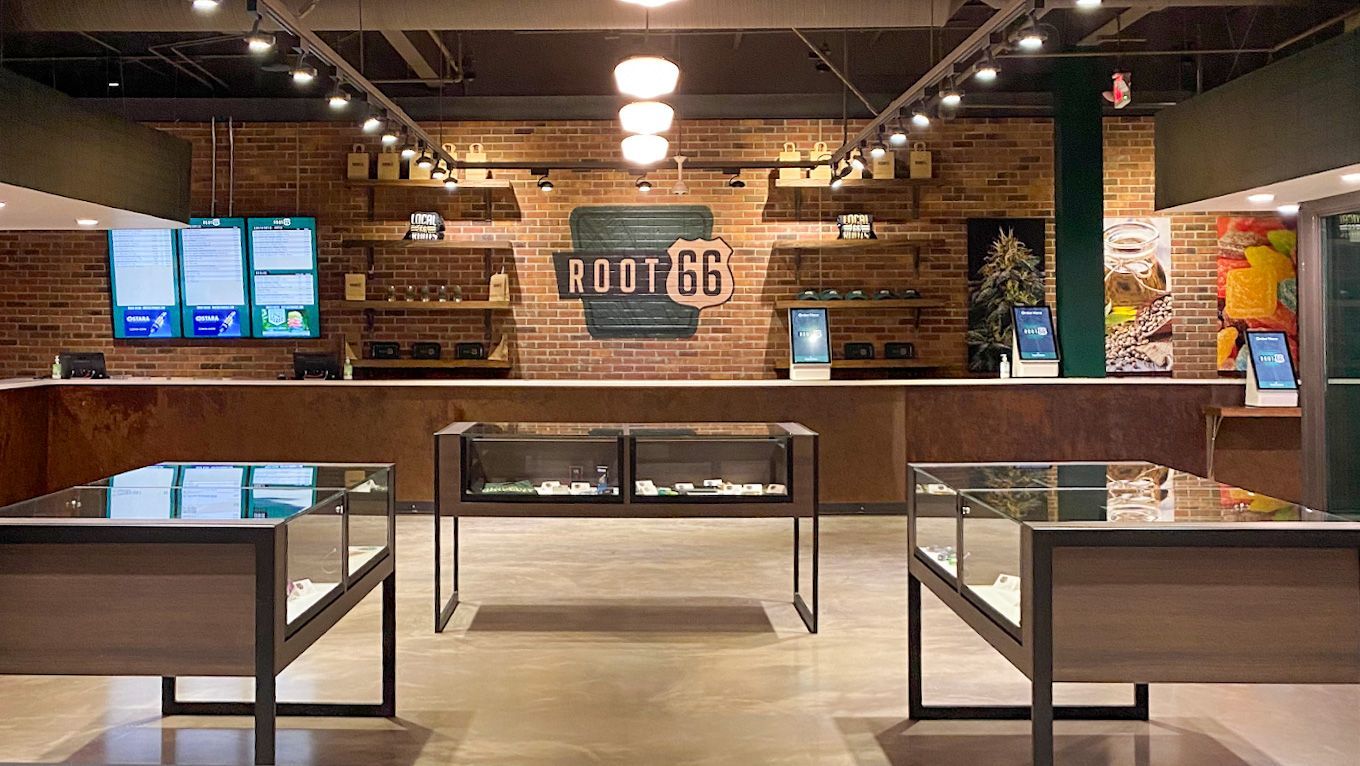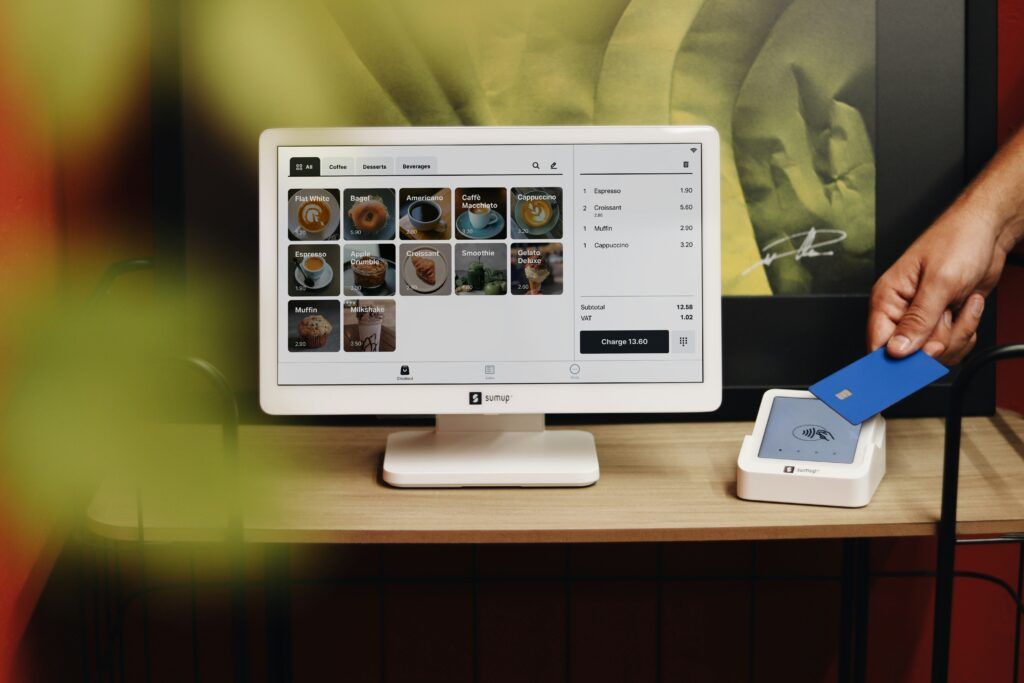5 Reasons Why You’re Not Optimizing Sales with Your Retail POP Displays
July 15, 2019
Why You’re Not Optimizing Sales with Your Retail POP Displays
Why You’re Not Optimizing Sales with Your Retail POP Displays. The point of purchase area of your retail location can add significant value to your bottom line when it’s merchandised effectively. Unfortunately, for many retailers this space remains underutilized. It isn’t always that the retailer is purposefully neglecting this merchandising goldmine, but rather that their merchandising strategy isn’t completely aligned with how consumers generally shop this area.
Considering that 70% of purchasing decisions aren’t made until the customer is actually in your retail location, the quality and effectiveness of your displays are crucial for encouraging add on sales. If your retail POP displays aren’t performing the way that they should, here are 5 common reasons why.
Lack of Focus and Intent
It can be tempting to use point of purchase displays as a last ditch attempt to move certain merchandise. You might be able to get away with this, but only if your display has a specific intent that makes sense to your average customer.
When customers approach a display, they immediate look for a theme. This helps them determine if the display is one that they want to shop. POP displays that lack focus and intent require too much work on the customer’s part and therefore tend to get ignored.
Failing to Take Price Point Into Consideration
Price point is something that varies among different types of retail establishments. Still, for most retail businesses POP displays are most effective when you merchandise them to inspire last minute, add on purchases. This means that featuring only items that exceed a certain price point is counterproductive to encouraging sales.
It’s fine to merchandise one or two items that fall outside of your typical POP purchase price range, but keep pricing structure in mind for optimized performance.
The Trap of the Visually Uninspiring Display
POP displays should be given the same consideration when it comes to visual appeal as the other key displays in your store. There needs to be something about point of purchase displays that visually captures attention at the moment when your customers are most inspired to make a last minute purchase. Keep color, dimension and the overall design of your displays in mind.
Difficult to Shop
POP displays aren’t typically ones that customers casually linger over. They need to inspire quick action and this means that they also have to be easy to shop.
If a display is precariously stacked or the merchandise doesn’t invite touching and interaction, it will likely fall flat in terms of converting those last minute sales.
Stale and Irrelevant
Finally, take into consideration the timely relevance of your point of purchase displays. Are you using POP to push last season’s merchandise or to move underperforming merchandise out the door? These tactics typically fail for retail POP displays. Instead, keep the focus on merchandise that has a timely relevance for your customers. Also, don’t let a display linger too long without changing it out – your regular customers will thank you by making last minute add-on purchases.
One final way of ensuring the success of your POP displays is to invest in quality display fixtures that are designed to enhance the point of purchase area of your retail location. We’re here to supply you with the retail display solutions you need. Contact PFI to learn more about our pre-built and custom retail display fixtures.



